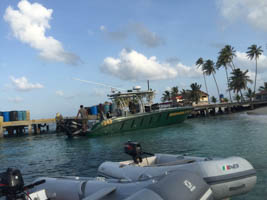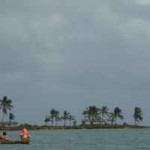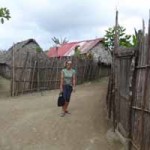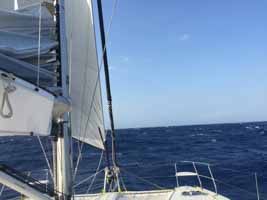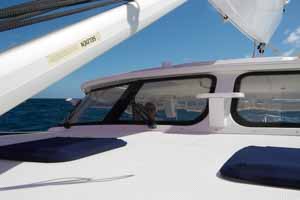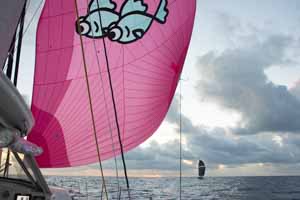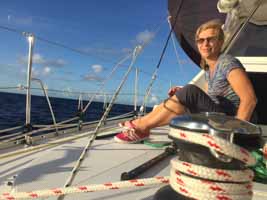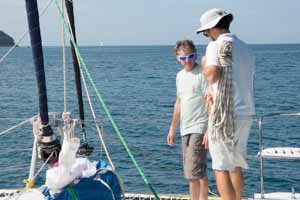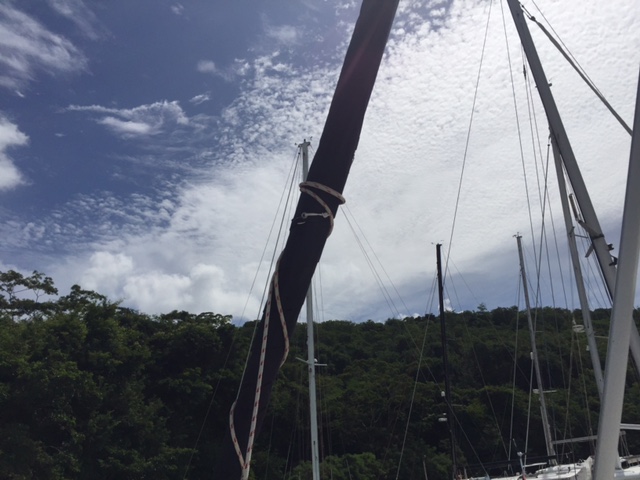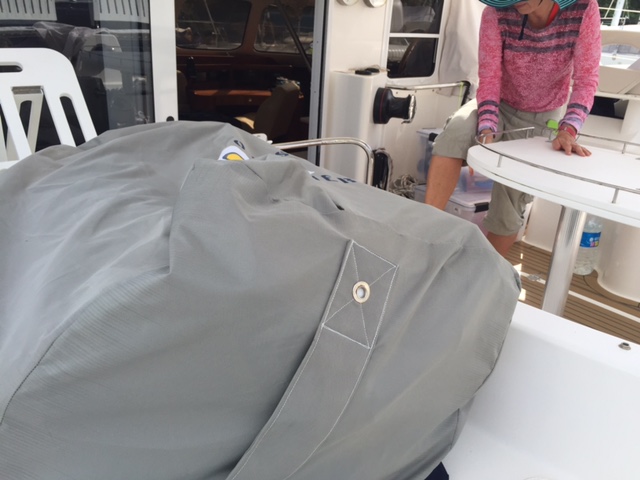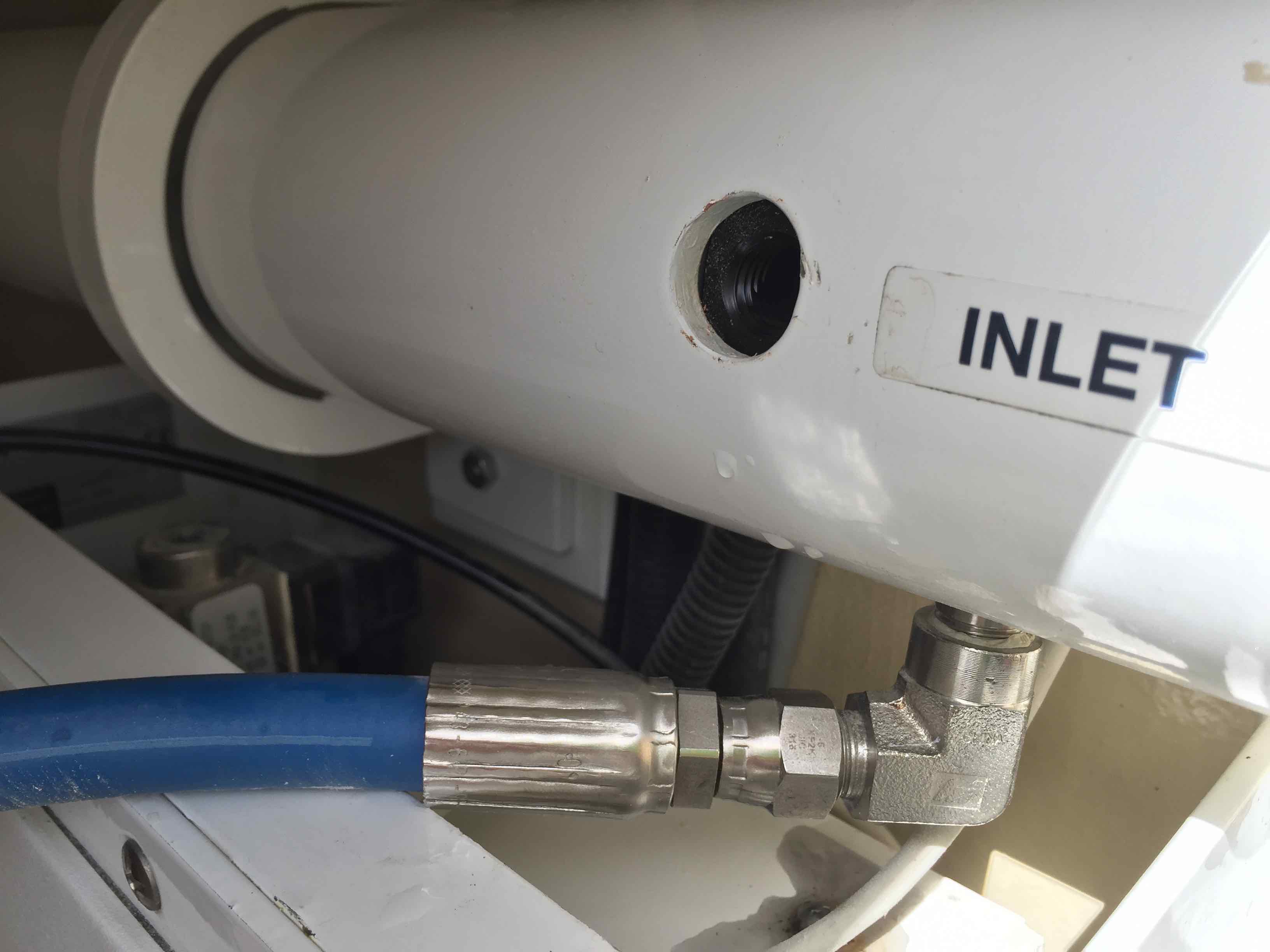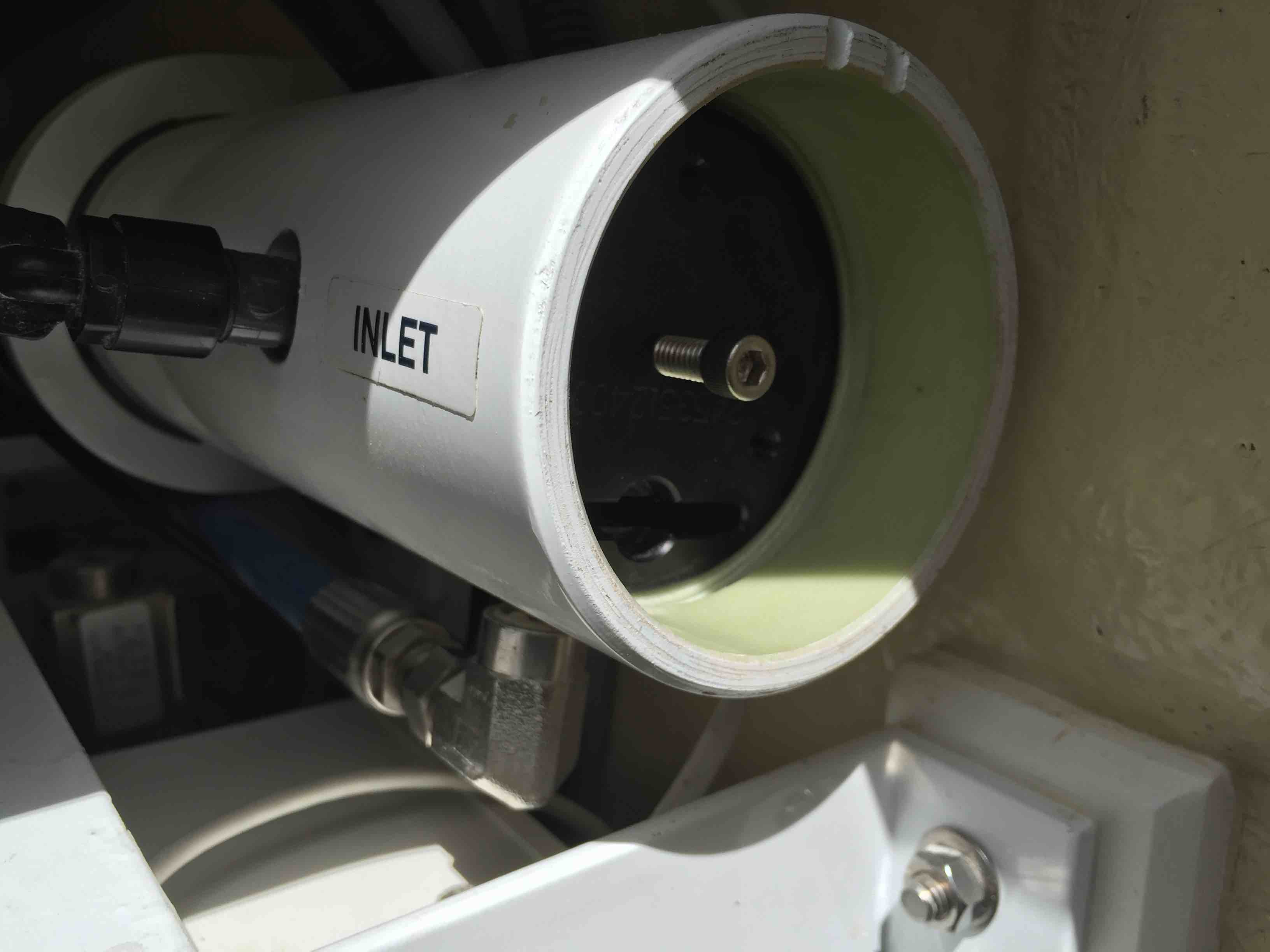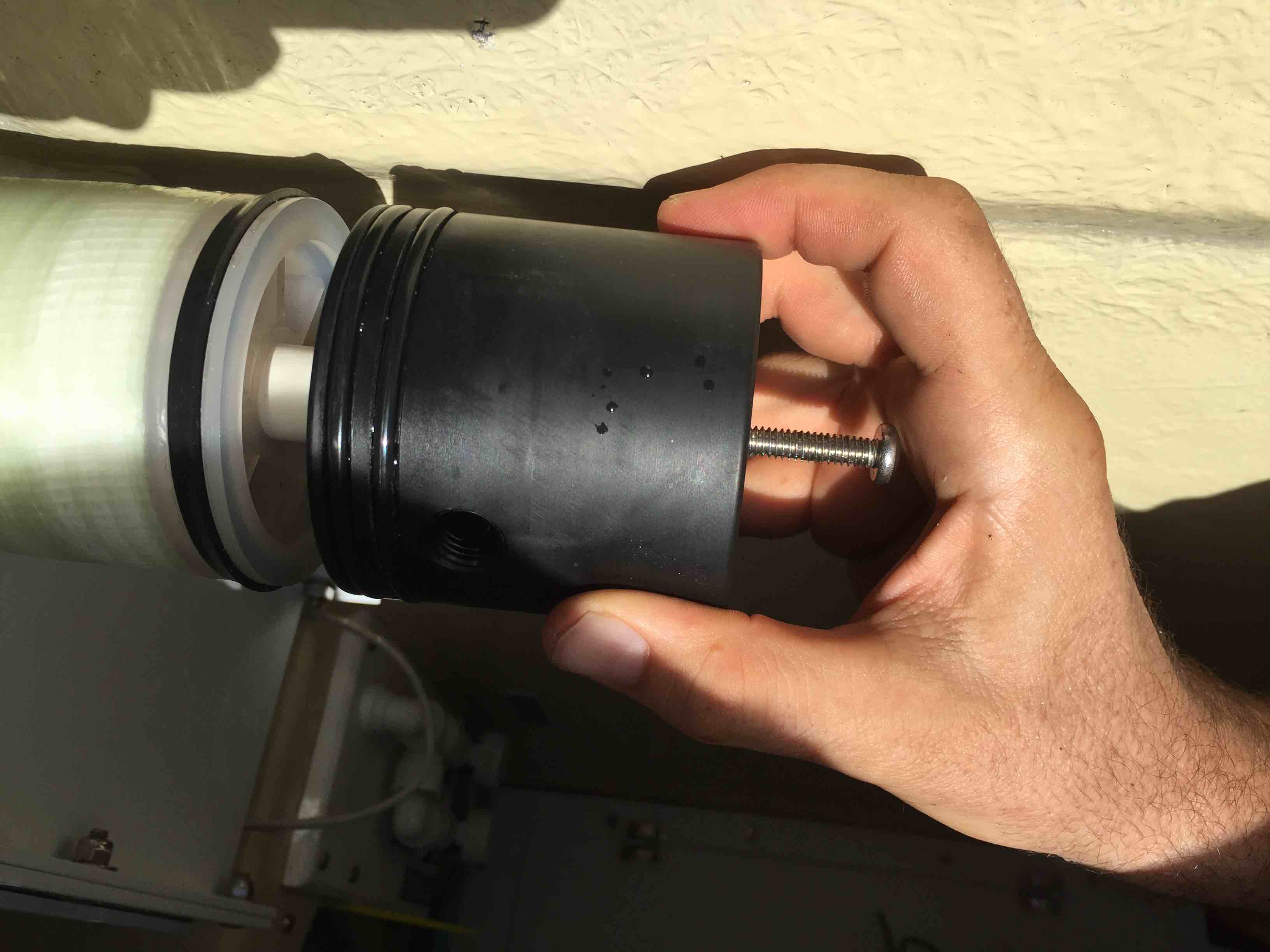1) A bunch of rumors were stirring on various chat forums about fees for the San Blas. Here is what we paid.
205 USD for a 1 year cruising permit.
125 USD per person (20 of which is for Kuna Congresso)
20 USD per boat (Kuna Cogresso)
2) We entered in the south at Mamitupu. The South is much nicer because there are fewer boats. However, one should NOT use C-map charts. They are useless. The Bauhaus chart book is the way to go. Better yet, scan your own Bauhaus guide and use it in SeaClear II with an external GPS puck on your PC.
3) We checked into Panama/Kuna Yala in Porvenir. It can get crowded in the anchorage, but we had good holding in 13 meters. You need to spend time with four government departments. They are all in the same building. There is a dinghy dock nearby. You need to bring your passports, three copies of your crew list, an original and a copy of your Zarpe from Colombia and your ship’s registration papers.
a) Cruising Permit: They take only cash (US dollars) and there is no ATM. They will give you a fist full of papers. They will also stamp a bunch of these papers. Cruising permit, 2 Zarpe forms, 2 receipts.
b) Kuna Congresso: Quick process to pay the $20 per person and $20 for the boat. They give you one receipt.
c) Immigration: They will stamp your passport into Panama. Check to make sure they have done the stamp correctly. (i.e. dated, signed, your boat name, duration of entry and a tick in the tiny box). They gave me two receipts.
d) Police: They seem to write your passport numbers down but do not demand any money. No paperwork given.
The process can take one hour but you might need to wait longer if there are other boats checking in.
We have a more fun post written with plenty of photos but waiting for big lights and wifi of the canal in order to post.
